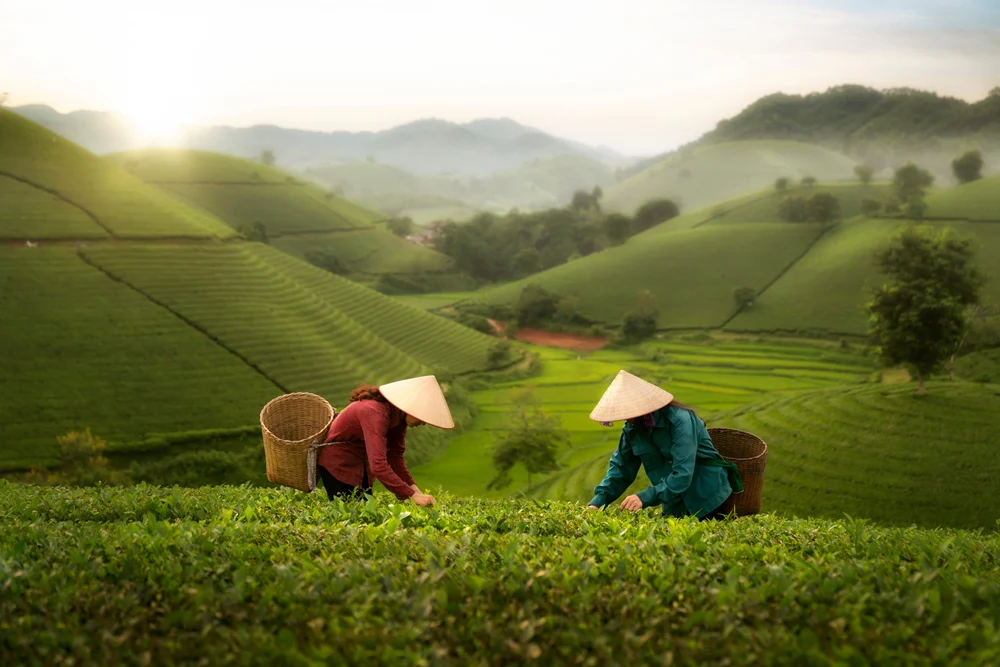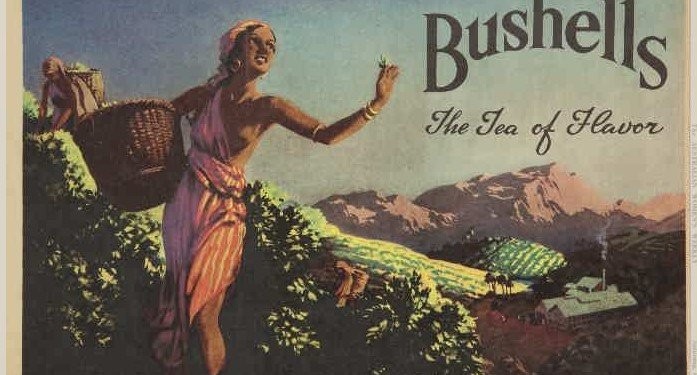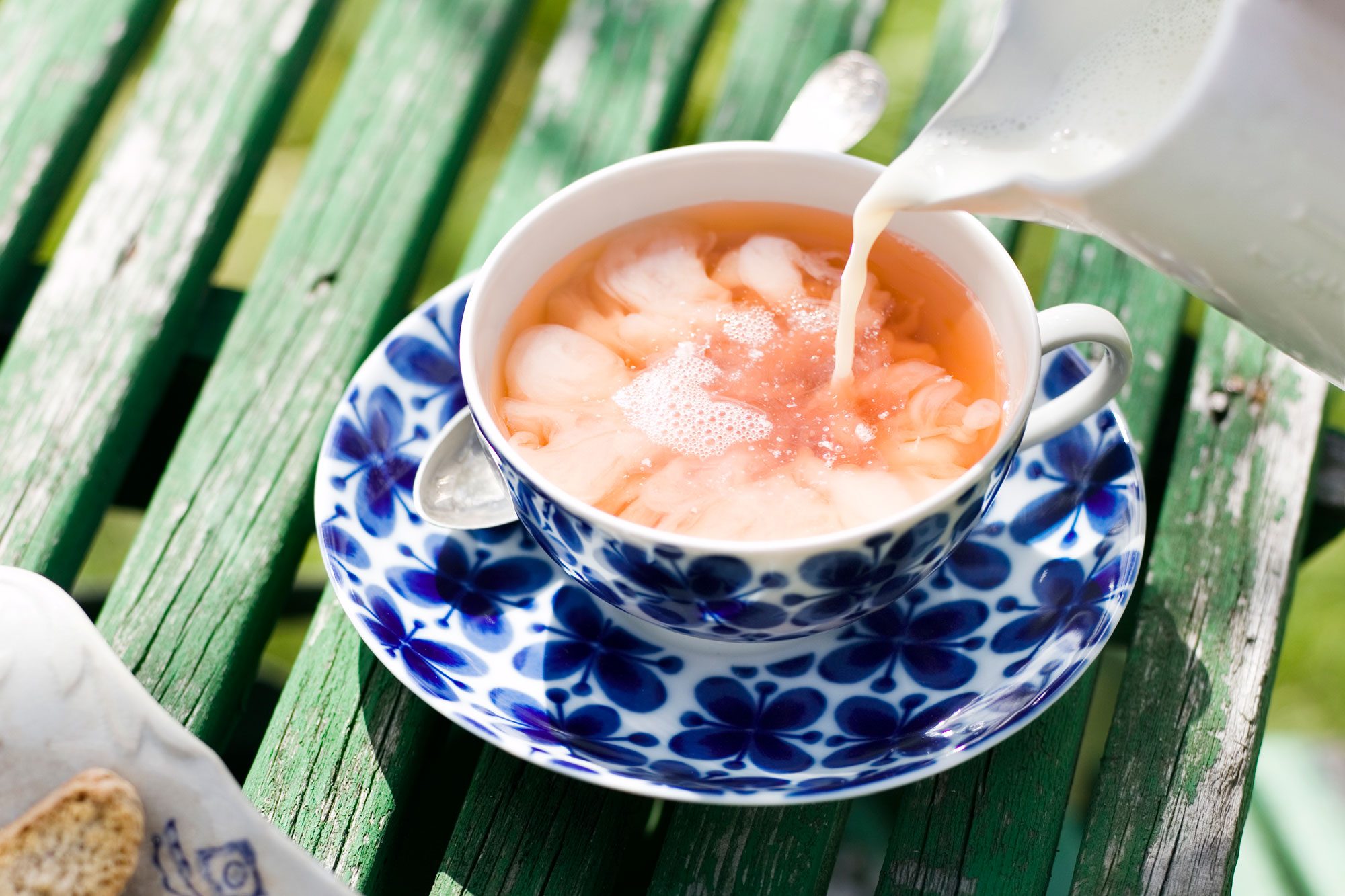Tea, the second most consumed beverage globally after water, is woven into the fabric of countless cultures. Its origins, evolution, and traditions offer a glimpse into humanity’s shared appreciation for this timeless drink.
A Brief History of Tea
The story of tea begins in 2700 B.C. China, where Emperor Shen Nong is said to have discovered its delightful taste and medicinal properties by accident. From there, tea’s influence spread:
- China to Japan: By the 13th century, Japan had embraced tea, refining it into a spiritual practice.
- India: British colonial efforts established tea cultivation, creating robust industries that fueled global demand.
- Europe: Tea arrived in England via King Charles II’s Portuguese bride, transforming into a cultural cornerstone during the Industrial Revolution.
Tea Traditions Around the World
China: The Art of Tea (Cha Dao)
China’s tea culture is steeped in history and ceremony. A traditional Chinese tea setup includes:
- A clay or porcelain teapot,
- High-quality tea (often oolong),
- Fresh, pure water.
The ritual emphasizes mindfulness and hospitality, creating a moment to savor both the tea and companionship.
India: Sweet & Creamy Chai
Chai is India’s ubiquitous drink, available everywhere from street corners to fine establishments. Made with black tea, milk, sugar, and spices like cardamom, cinnamon, and cloves, chai represents comfort and community.
Japan: Green Matcha
Japan’s iconic matcha tea is prepared from finely ground green tea powder. The ritualistic preparation involves a bamboo whisk and precise movements, reflecting Zen principles of mindfulness. For a simpler home experience, high-quality matcha powder and hot water suffice.
Morocco: Mighty Mint
Moroccan mint tea, or Touareg tea, symbolizes hospitality. Made with green tea, fresh mint, and sugar, it is traditionally served three times, each pour symbolizing life, love, and death. Served from an ornate teapot called a berrad, this tradition is as elegant as it is welcoming.
South America: Yerba Mate
Yerba mate, Argentina’s national drink, is more than tea—it’s a lifestyle. Made from a caffeine-rich bush, it’s served in a hollow gourd and sipped through a metal straw. The strong, bitter flavor fosters communal sharing and is enjoyed throughout the day.
Thailand: Spicy Sweet Thai Tea
Thai iced tea, known for its bright orange hue, is a global favorite. This sweet, creamy drink features red leaf tea with hints of anise, tamarind, and cardamom, making it an indulgent treat.
United Kingdom: Afternoon Tea
Afternoon tea, traditionally served between 4:00-6:00 PM, is synonymous with British culture. Black tea with cream and sugar is paired with scones, biscuits, and delicate sandwiches, creating a refined yet comforting ritual.
United States: Everything Goes
In the U.S., tea culture is diverse, reflecting global influences. From herbal blends to iced teas, Americans enjoy tea in countless variations. While coffee may dominate mornings, tea is a close competitor for the rest of the day.
A Universal Beverage
Despite regional variations, tea brings people together, offering comfort, hospitality, and a moment of pause. Whether it’s Moroccan mint, Indian chai, or Japanese matcha, tea transcends borders and cultures, uniting the world one cup at a time.






